Wounded Soldier Has Double Arm Transplant
29 Jan, 2013
Brendan Marrocco was the first soldier to survive losing all four limbs in the Iraq War, and doctors revealed Monday that he’s received a double-arm transplant.
Those new arms “already move a little,” he tweeted a month after the operation.
Marrocco, a 26-year-old New Yorker, was injured by a roadside bomb in 2009. He had the transplant Dec. 18 at Johns Hopkins Hospital in Baltimore, his father said Monday.
Alex Marrocco said his son does not want to talk with reporters until a news conference Tuesday at the hospital, but the younger Marrocco has repeatedly mentioned the transplant on Twitter and posted photos.
“Ohh yeah today has been one month since my surgery and they already move a little,” Brendan Marrocco tweeted Jan. 18.
Responding to a tweet from NASCAR driver Brad Keselowski, he wrote: “dude I can’t tell you how exciting this is for me. I feel like I finally get to start over.”
The infantryman also received bone marrow from the same dead donor who supplied his new arms. That novel approach is aimed at helping his body accept the new limbs with minimal medication to prevent rejection.
The military sponsors operations like these to help wounded troops. About 300 have lost arms or hands in Iraq or Afghanistan.
Unlike a life-saving heart or liver transplant, limb transplants are aimed at improving quality of life, not extending it. Quality of life is a key concern for people missing arms and hands – prosthetics for those limbs are not as advanced as those for feet and legs.
“He was the first quad amputee to survive,” and there have been four others since then, Alex Marrocco said.
The Marroccos want to thank the donor’s family for “making a selfless decision … making a difference in Brendan’s life,” the father said.
Brendan Marrocco has been in public many times. During a July 4 visit last year to the Sept. 11 Memorial with other disabled soldiers, he said he had no regrets about his military service.
“I wouldn’t change it in any way. … I feel great. I’m still the same person,” he said.
The 13-hour operation was led by Dr. W.P. Andrew Lee, plastic surgery chief at Johns Hopkins. It was the seventh double-hand or double-arm transplant done in the United States.
Lee led three of those earlier operations when he worked at the University of Pittsburgh, including the only above-elbow transplant that had been done at the time, in 2010.
Marrocco’s “was the most complicated one” so far, Lee said in an interview Monday. It will take more than a year to know how fully Marrocco will be able to use the new arms.
“The maximum speed is an inch a month for nerve regeneration,” he explained. “We’re easily looking at a couple years” until the full extent of recovery is known.
While at Pittsburgh, Lee pioneered the immune-suppression approach used for Marrocco. The surgeon led hand-transplant operations on five patients, giving them marrow from their donors in addition to the new limbs. All five recipients have done well, and four have been able to take just one anti-rejection drug instead of combination treatments most transplant patients receive.
Minimizing anti-rejection drugs is important because they have side effects and raise the risk of cancer over the long term. Those risks have limited the willingness of surgeons and patients to do more hand, arm and even face transplants.
Lee has received funding for his work from AFIRM, the Armed Forces Institute of Regenerative Medicine, a cooperative research network of top hospitals and universities around the country that the government formed about five years ago. With government money, he and several other plastic surgeons around the country are preparing to do more face transplants, possibly using the new immune-suppression approach.
Marrocco expects to spend three to four months at Hopkins, then return to a military hospital to continue physical therapy, his father said. Before the operation, he had been fitted with prosthetic legs and had learned to walk on his own.
He had been living with his older brother in a specially equipped home on New York’s Staten Island that had been built with the help of several charities. Shortly after moving in, he said it was “a relief to not have to rely on other people so much.”
The home was heavily damaged by Superstorm Sandy last fall.
Despite being in a lot of pain for some time after the operation, Marrocco showed a sense of humor, his father said. He had a hoarse voice from the tube that was in his throat during the long surgery and decided he sounded like Al Pacino. He soon started doing movie lines.
“He was making the nurses laugh,” Alex Marrocco said.
Mentioned In This Post:
About the author
Related Posts
-
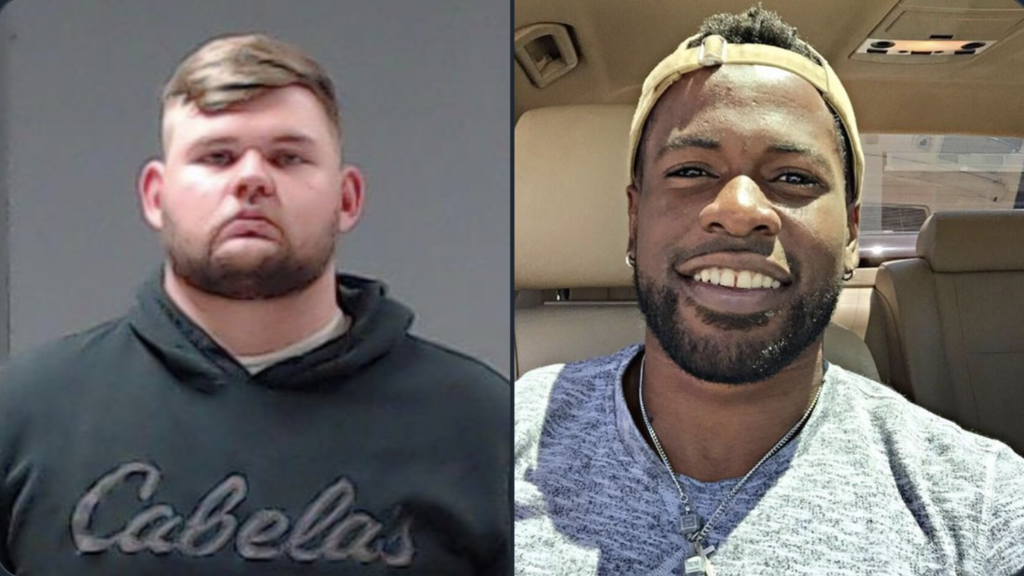
Another Day, Another Unarmed Man Killed By Police
-

Poll Numbers No Good? Fire Someone
-
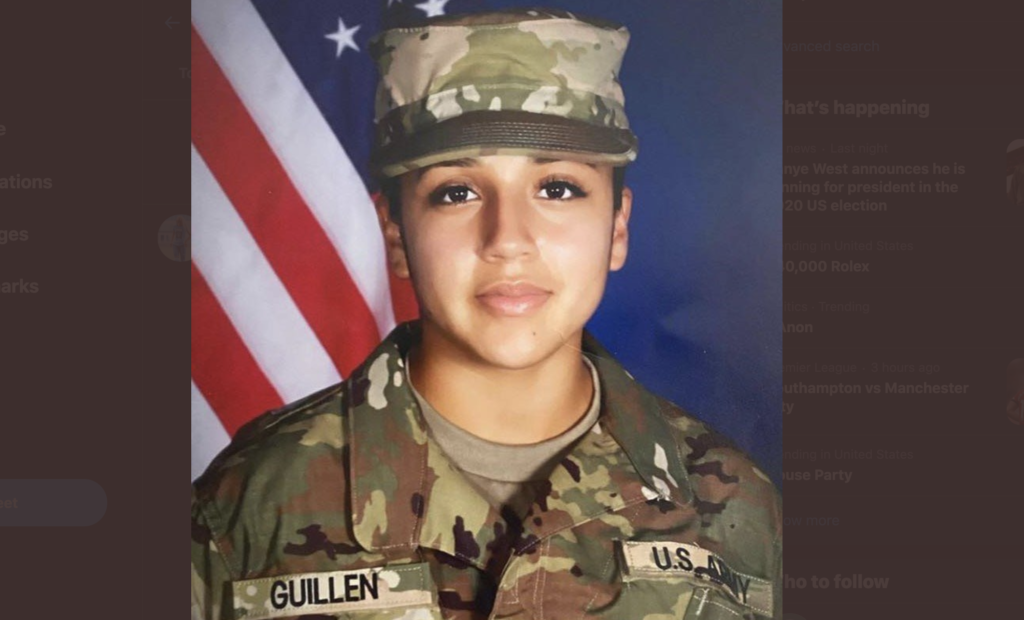
Sorry Vanessa, America Failed You!
-

Minneapolis Is Burning
-
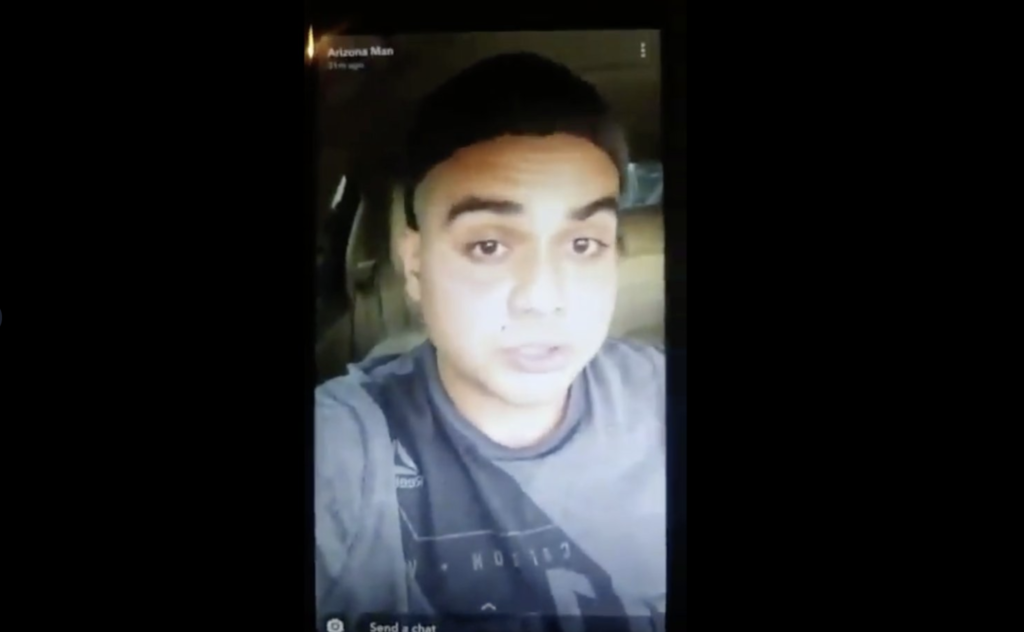
This Coward Streams Shooting On Social Media
-
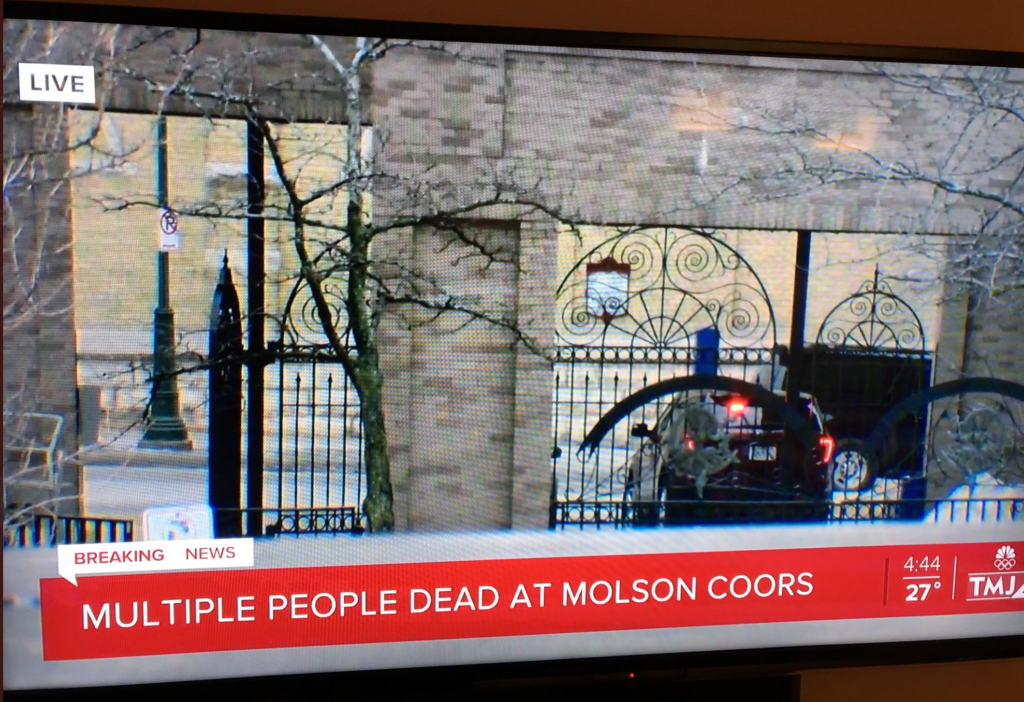
Coward With A Gun Kills 5 at Work
-

Get Ready For WWIII
-
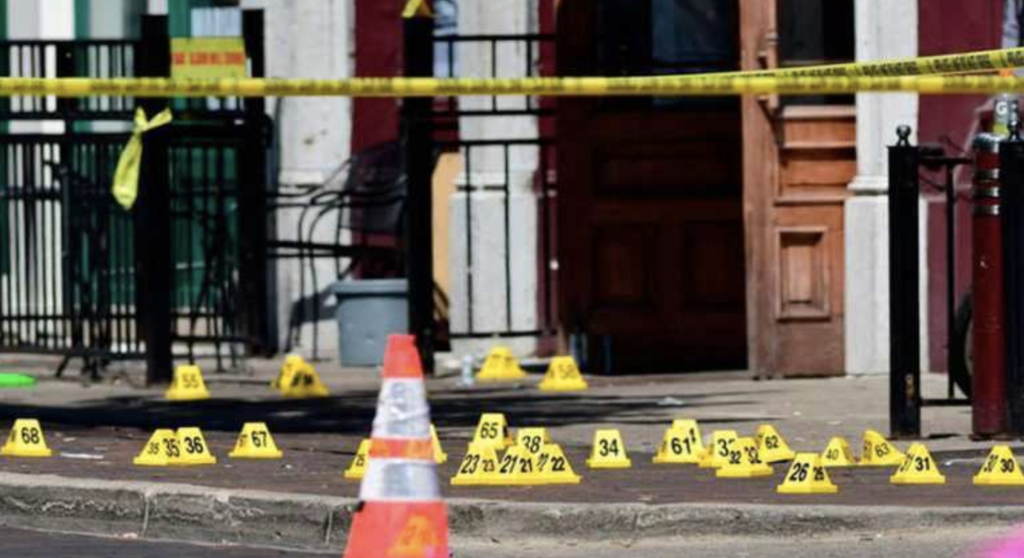
WTF CHICAGO???
-
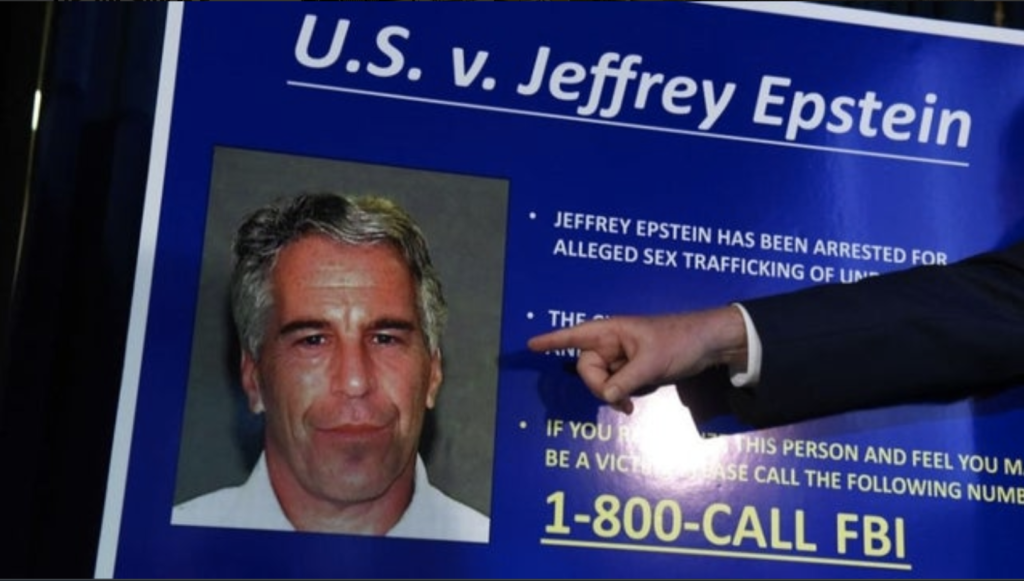
Prison Guards Arrested In Epstein Death
-
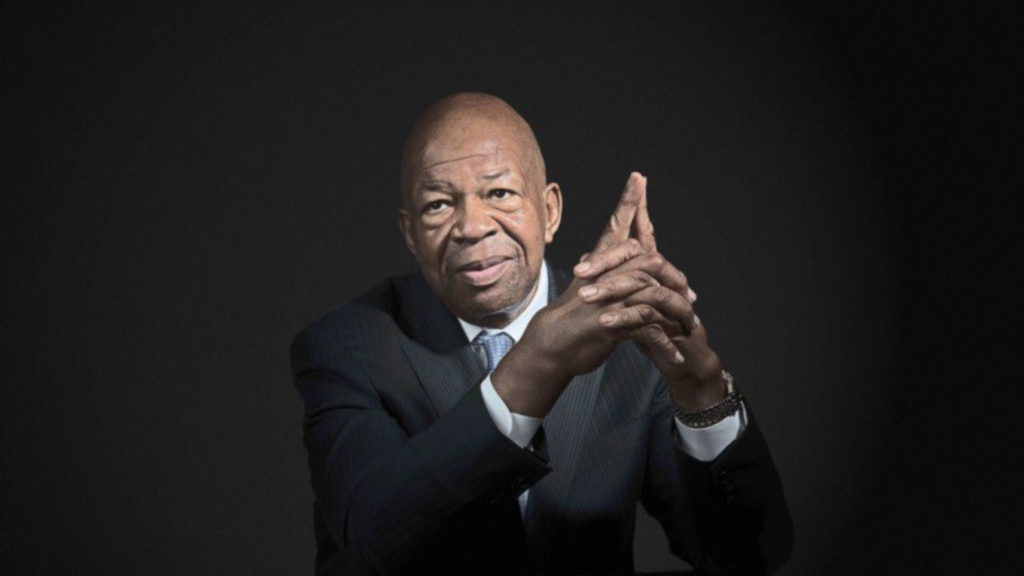
Congressman Elijah Cummings Has Died










